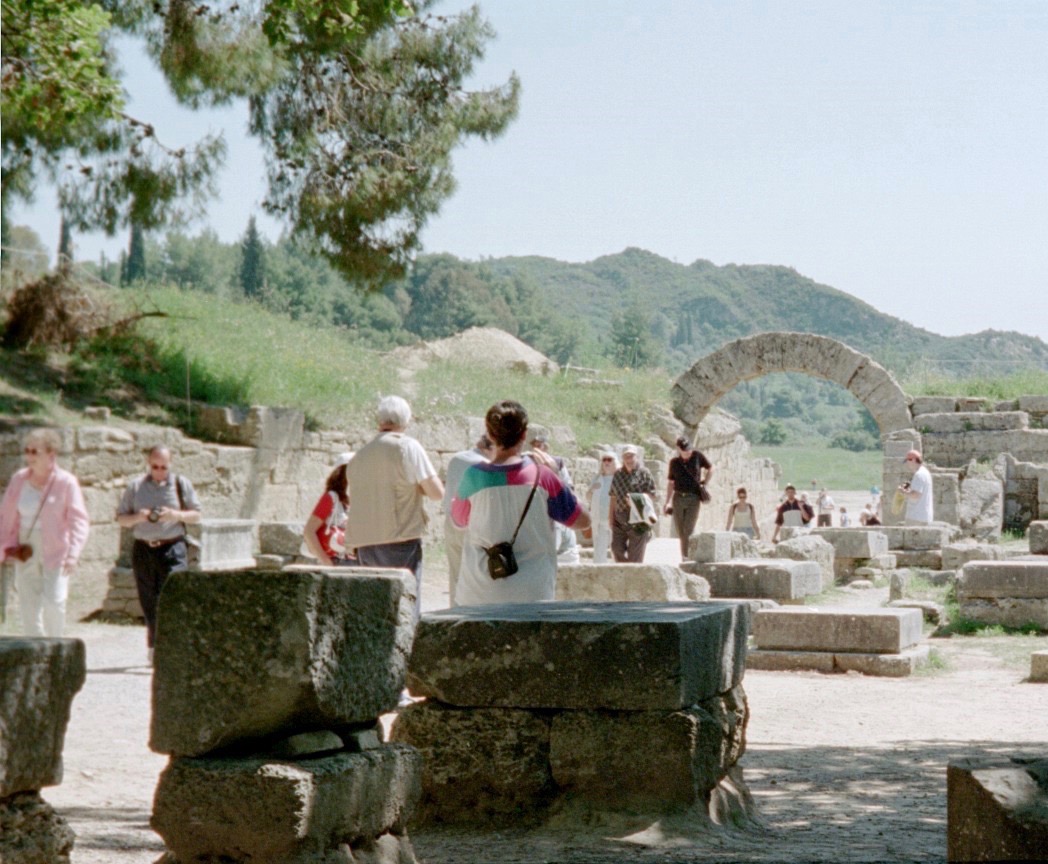Meditation has been shown to improve your health as well as thinking. It can help students catch up in school, overcome adversity, and improve their mental and emotional outlook. It can help stressed and aging adults live better, be happier and think more clearly.
Two well.blogs from the New York Times make these points very clearly. The first, by Norman E. Rosenthal, talks about meditation as one element that can help students overcome the achievement gap between children in inner city schools and those in more affluent districts. Meditation helps these students overcome the higher stress levels they face and gives them the advantage of an improved ability to focus attention and regulate emotion. Of course, improving the funding of their schools and the job-economic situation in their communities would also be a great help.
Gretchen Reynolds writes about how yoga and meditation combined can improve mood and mental function as you age. The two practices go together well. In my own practice, I usually do some yoga, aerobics, and Karate each morning before I meditate. The exercise helps my alertness and overall sense of well-being, which assists the meditation. The meditation helps me maintain a deep focus and enjoyment in my exercise (and in everything else I do).
This mutual benefit should not be a surprise. Mind and body are inseparable except in the conceptual frameworks held by many of us. Meditation is living the reality of how everything, what we call mind, body, environment, and others arise together, interdependently. No mind without a breathing body. No breathing without an earthly environment. No self without others. And no teacher without students.
Meditation is not a panacea but it does help those who practice it, students, teachers, whomever. It could help teachers not only relate better to their students and improve their performance in the classroom, but stay in the profession longer. Our society could greatly benefit right now by the increased understanding of interdependence that meditation can develop. So, why not do it? In fact, why not include meditation and yoga programs in teacher-training schools? Administrators are looking for ways to retain experienced teachers—this might be one part of a solution (along with better pay, more support, and improved school culture—but that’s another blog).
*The photo is the entrance to the track in Olympus, Greece,.

